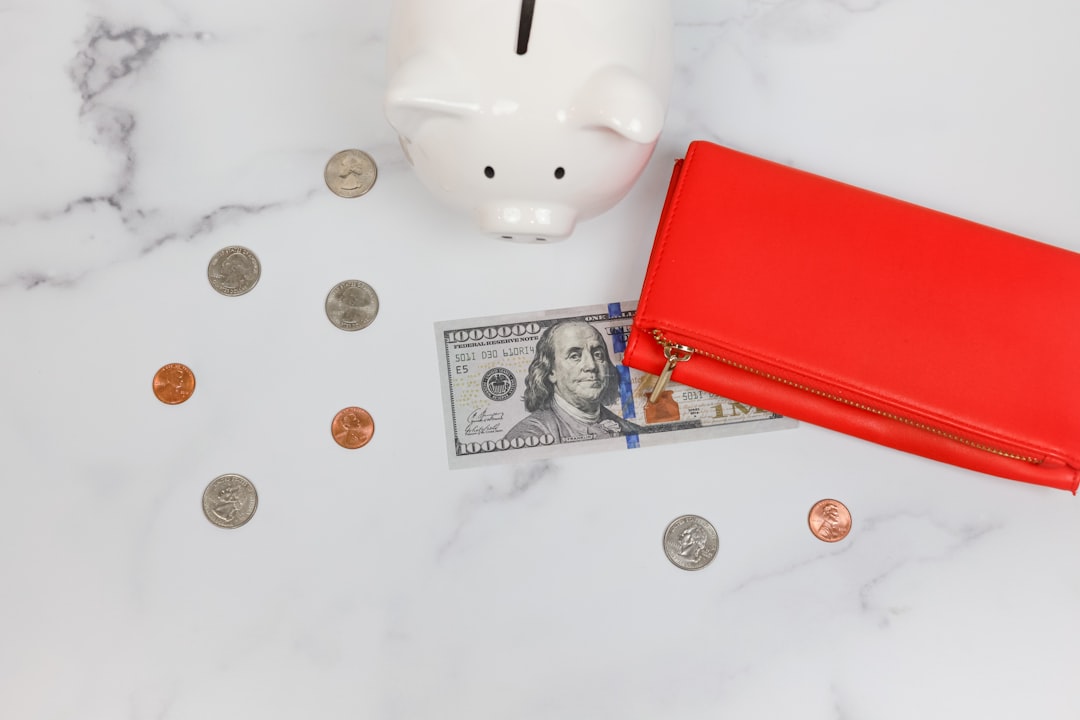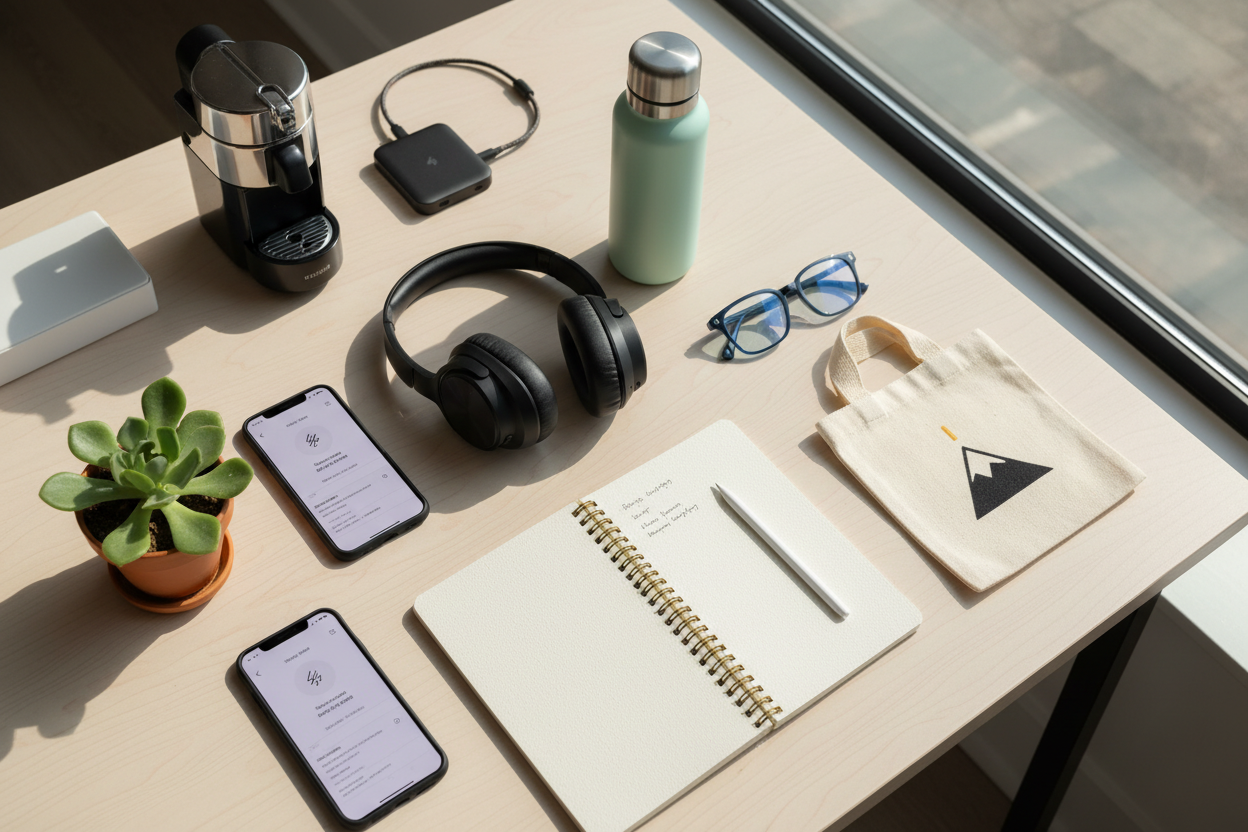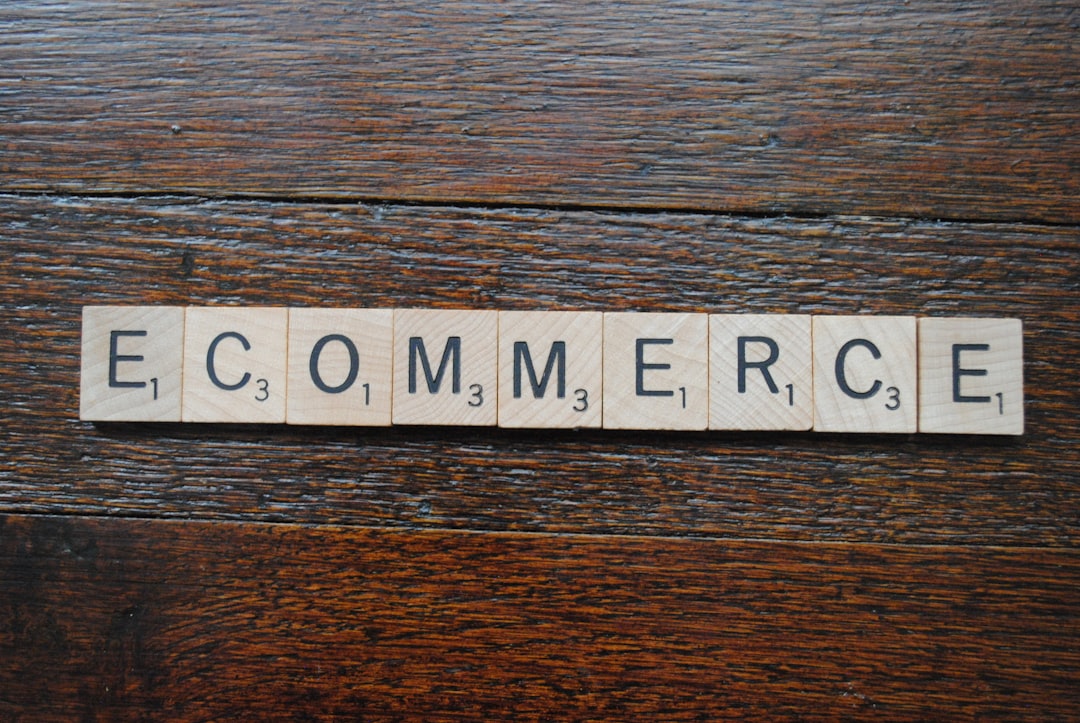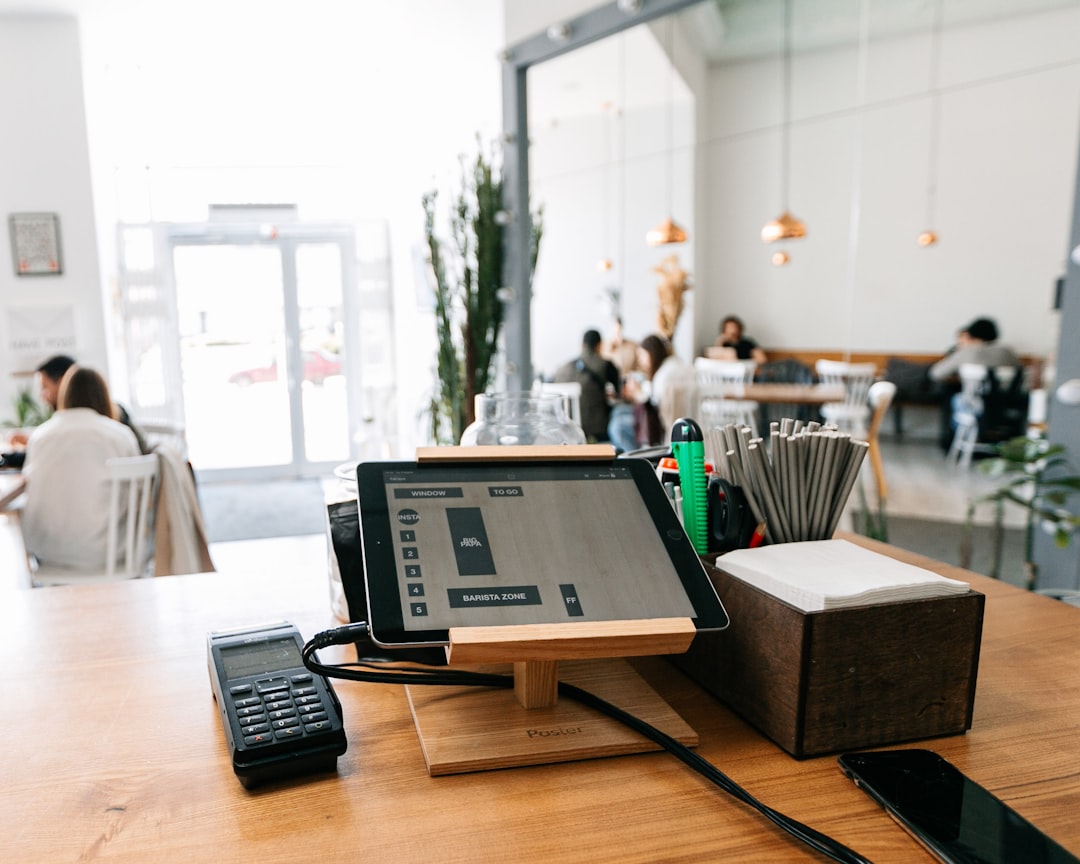Master your finances in 2025 with intentional spending through a No Buy Challenge and smart shopping strategies that empower you to save more, spend less, and regain control over your money habits.
Title
Mastering Personal Finance in 2025: The Ultimate Guide to No Buy Challenges and Smart Shopping Strategies
Key takeaways
- Engage in a No Buy Challenge to reset impulsive spending and build financial mindfulness.
- Customize your challenge rules to align with your personal needs and goals.
- Use deliberate shopping habits and digital tools to stretch your budget effectively.
- Save on apparel by buying off-season, leveraging resale platforms, and hosting swaps.
- Build long-term financial resilience by tracking spending triggers and connecting with supportive communities.
Table of contents
- Introduction: Taking Control of Your Spending in 2025
- 1. What Is a No Buy Challenge and Why It Works
- 2. Creating Your Personal No Buy Challenge: Rules and Tips
- 3. Smart Shopping Strategies to Stretch Your Budget
- 4. How to Save on Clothing and Apparel in 2025
- 5. Leveraging Digital Tools and Credit Card Perks for Savings
- 6. Expert Insights on Building Spending Awareness
- 7. Building Financial Resilience Through Community and Support
- 8. Summary: Best Practices for a Successful No Buy Challenge in 2025
- Conclusion: Embrace Intentional Spending for a Stronger Financial Future
- FAQ
Introduction: Taking Control of Your Spending in 2025
In today’s hyper-connected world, managing your finances can feel overwhelming—as if you’re sprinting through a marathon shopping mall filled with endless temptations. New ads, effortless one-click purchases, and constantly evolving trends drain your wallet before you even realize it. However, 2025 is your chance to pause, reassess, and reset how you approach money.
The No Buy Challenge is a proven method to disrupt impulsive spending while cultivating mindful financial habits. When combined with savvy shopping strategies and the latest money-saving tools, this challenge turns into a practical roadmap to help you reach your financial aspirations.
Whether your goal is to eliminate debt, build your savings, or simply feel more empowered, this guide will help you make 2025 the pivotal year you take charge of your money.
1. What Is a No Buy Challenge and Why It Works
Understanding the No Buy Challenge
A No Buy Challenge is a self-imposed spending freeze on non-essential purchases for a predetermined time—be it a few weeks, months, or even a full year. Unlike drastic budget cuts, it’s a mindful reset that encourages intentional spending and clarity about what truly matters.
Variations include:
- Full No Buy: Only essentials such as food, hygiene products, and medicine are purchased.
- Low Buy: Small, purposeful purchases are allowed—usually replacing worn-out items or limited discretionary treats.
The key is intentionality, not deprivation.
Why the Challenge Works
The challenge taps into behavioral finance principles to transform your habits:
- Defined Timeframes: Temporary limits make it less daunting and easier to commit.
- Disrupts Impulse Buying: Interrupts automatic spending triggers to create intentional pauses.
- Accountability Through Community: Online groups provide support and shared motivation.
- Focus on Progress: Mistakes are part of the journey—not failure.
“Taking on a ‘No Buy July’ isn’t about deprivation. It’s a chance to clarify your financial priorities and reset your mindset.” — Hanna Kaufman, CFP®
Discover how to design your own no buy year with this comprehensive guide.
2. Creating Your Personal No Buy Challenge: Rules and Tips
Tailor the Challenge to Fit Your Life
Success hinges on setting rules that align with your lifestyle and goals. Clarify what counts as “essential” for you. Consider these starting points:
- Limit or remove spending on fashion, entertainment, takeout, or home decor.
- Only replace items when absolutely necessary (e.g., broken shoes or expired skincare).
- Pause and audit recurring subscriptions that don’t add value.
- Identify emotional spending triggers—stress, boredom—and replace with healthy alternatives like walking, reading, or socializing.
Tips to Stick With It
- Build Flexibility: Include structured exceptions like a small monthly treat or a budgeted fun day.
- Seek No-Cost Joy: Find free or inexpensive activities like local hikes, library events, or game nights.
- Visualize Your Goals: Track progress visibly to stay motivated.
- Shop Your Stash: Take inventory of what you already own before buying anything new.
Use apps or classic lists to document rules and monitor progress. Don’t forget to cancel sneaky auto-renewing subscriptions to free up funds.
For real-life examples and practical tips, check out this helpful video walkthrough.
3. Smart Shopping Strategies to Stretch Your Budget
You don’t have to do a full no buy to shop smarter. Adopting intentional habits within your budget can lead to significant savings.
Shop With a Plan
- Create and stick to a detailed shopping list.
- Set clear spending limits before purchasing.
- Avoid casual browsing, especially online, to reduce temptation.
Outsmart In-Store Tactics
Retailers use subtle nudges like shelf placements and music to encourage extra spending. Stay focused by entering stores with a specific purpose and a firm plan.
Online Shopping Smarts
- Use a 24–48 hour cooling-off period before completing purchases.
- Install coupon and cashback browser extensions like Honey and Capital One Shopping.
- Sign up for price alerts to buy at the best possible time.
These strategies help you shop deliberately and enjoy your purchases guilt-free.
4. How to Save on Clothing and Apparel in 2025
Buy Off-Season
One of the oldest money-saving tips still holds: purchase clothing out of season to score deep discounts. For instance, shop summer wear in fall or winter coats in spring clearance sales.
Make the Most of Warehouse Clubs
Retailers like Costco and Sam’s Club offer stylish apparel at bargain prices—brand-name fleece pants for under $12 or wrap dresses for about $20 are common finds.
Embrace Resale and Consignment
High-end fashion is more accessible than ever via resale platforms:
- The RealReal offers Polo Ralph Lauren jackets around $115—well below retail prices.
- Poshmark frequently has Emporio Armani pieces under $90, versus $400+ retail.
- ThredUp features designer heels and staples at half price or less.
Host Clothing Swaps
Organize swaps with friends or coworkers to refresh your wardrobe without spending a dime—plus it’s a fun social activity.
Explore more real deals and inspiration on clothing challenges at this blog post.
5. Leveraging Digital Tools and Credit Card Perks for Savings
Technology simplifies finding deals, tracking prices, and earning rewards. Use browser extensions and apps to automate savings effortlessly.
- Honey finds and applies coupon codes at checkout automatically.
- Capital One Shopping scans for discounts and offers gift card rewards.
- SlickDeals curates top deals and cashback offers.
- CamelCamelCamel tracks Amazon prices and alerts you on drops.
6. Expert Insights on Building Spending Awareness
The Power of the Pause
Introducing a 24- or 48-hour delay before purchasing calms the impulse-driven brain and curbs emotion-based buying.
Know Your Triggers
Track what you buy and the emotions involved—stress, fatigue, or boredom? Recognizing patterns empowers you to interrupt them before spending.
Celebrate the Wins
Every dollar saved or unnecessary purchase avoided is progress. Small celebrations build confidence and momentum for lasting change.
For more on mindful spending, visit this insightful Substack post.
7. Building Financial Resilience Through Community and Support
Connection is a surprisingly powerful tool for financial success. Engaging with online communities, such as Reddit’s r/NoBuy or local Facebook groups, provides:
- Encouragement through shared goals.
- Real-world tips and hacks.
- A safe space to share achievements and learn from setbacks.
Don’t journey alone—accountability and community make your challenge easier and more rewarding.
8. Summary: Best Practices for a Successful No Buy Challenge in 2025
| Strategy | Goal | Tools/Examples |
|---|---|---|
| Set clear personal rules | Tailor the challenge to your needs | Budget templates, habit trackers |
| Cancel unused subscriptions | Eliminate hidden drains on your budget | Mint, YNAB apps |
| Shop your home first | Maximize what you already own | Closet organizers, inventory checklists |
| Use secondhand and swaps | Save on clothing and home goods | ThredUp, Poshmark, neighborhood swaps |
| Replace spending habits | Find meaningful free-time alternatives | Library visits, walking, journaling |
| Delay gratification | Stop impulse buys before they happen | Calendar reminders, 48-hour rules |
| Use tech to save | Automate couponing and price checking | Honey, CamelCamelCamel, Capital One Shopping |
Conclusion: Embrace Intentional Spending for a Stronger Financial Future
The No Buy Challenge 2025 transcends simple budgeting—it’s a transformative mindset shift. By slowing down, clarifying priorities, and shopping intentionally, you gain not only financial savings but also peace of mind.
Start small, define rules that suit you, and leverage community and technology to help stay on track. Replace mindless spending with meaningful choices that support your goals.
There’s no better time than now to take control of your finances. For more ideas and support, explore the resources shared throughout this guide. Your future self—and your wallet—will thank you.
FAQ
What qualifies as “essential” during a No Buy Challenge?
Essentials typically include food, personal hygiene products, medication, utilities, and necessary transportation. Non-essentials like new clothes, entertainment, or dining out are usually paused or limited based on your specific challenge rules.
How do I stay motivated during the challenge?
Track your progress visibly, celebrate small victories, engage in no-buy communities for support, and remind yourself frequently of your financial goals. Building flexibility into your rules also helps maintain motivation.
Can I still shop if I’m on a low buy instead of a full no buy?
Yes. A low buy permits limited purchases, usually only for replacements or small treats, keeping your spending intentional and controlled without feeling overly restrictive.
Are there apps to help with the No Buy Challenge?
Absolutely. Budgeting apps like Mint, YNAB, or habit trackers can help set rules, monitor progress, and identify spending triggers. Browser extensions like Honey and Capital One Shopping assist with saving when you do shop.
How do I handle unexpected essential purchases?
Unexpected essentials (like urgent repairs or medical needs) should be accommodated as part of your challenge’s flexibility. The goal isn’t rigid restriction but mindful spending aligned with your priorities.







